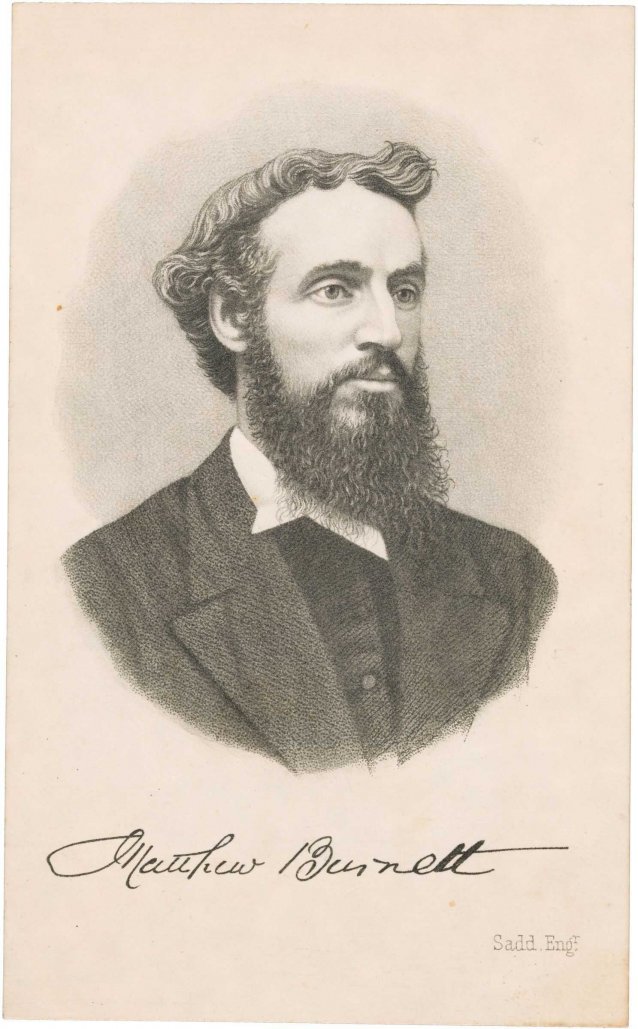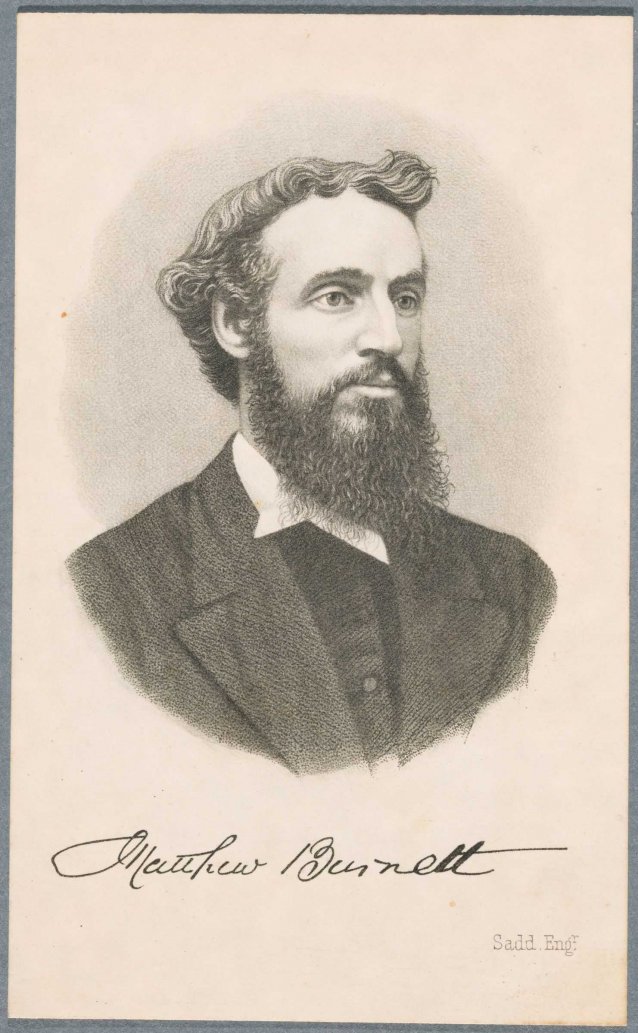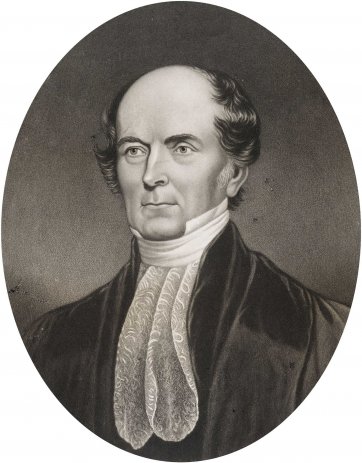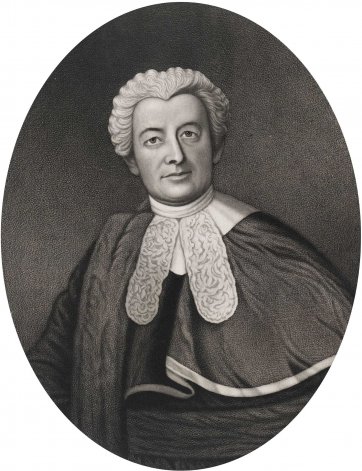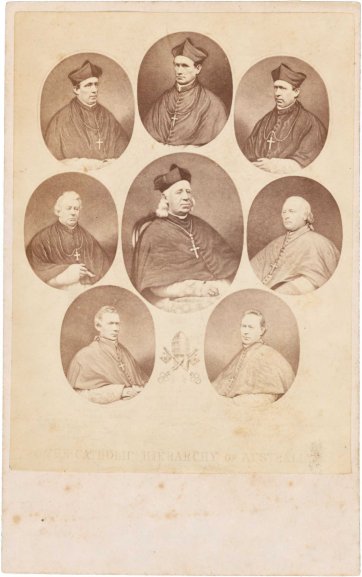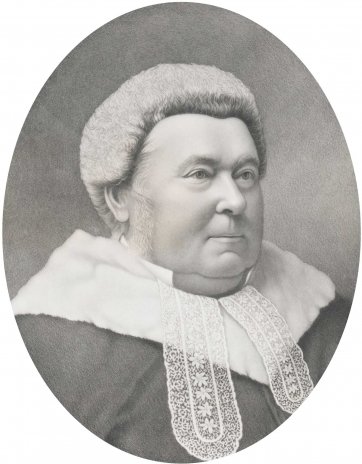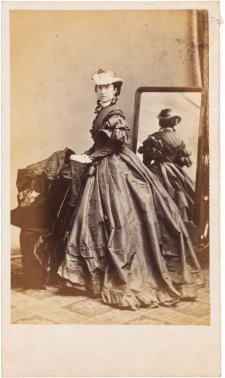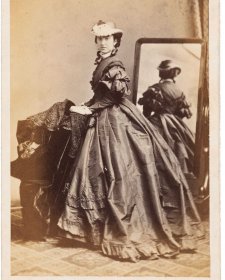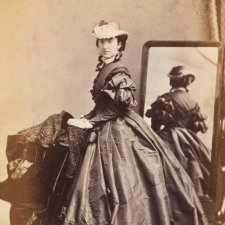Matthew Burnett (1839–1896) spent more than twenty years denouncing alcohol in the Australian colonies. Born in Yorkshire, he is said to have been a wayward youth, who was saved, in 1857, by the prayers of an admirer; they subsequently married. He and his wife arrived in Melbourne in 1863 and immediately found ample grounds for their crusade, the city’s male-dominated population, combined with the dissolute habits facilitated by gold-fuelled prosperity, rendering it ripe for evangelicalism. According to one contemporary account, pubs in Melbourne in the 1850s were ‘the sole resort of the nomadic population’ which consisted in large part of ‘intrepid miners, who come to consume there, in two or three days, the product of two or three months’ work.’ Between 1864 and 1867 Burnett was on the goldfields, where he is said to have secured 11,000 pledges to abstinence – the means by which temperance campaigners measured success. In Ballarat alone he induced 3600 women to renounce alcohol; he even encouraged children to join the ‘cold water army’. His meetings were enlivened by choirs, brass bands and torch-light processions. From early 1880 ‘the apostle of temperance’ was in South Australia, where he was influential in the establishment of the city’s huge coffee palaces as alternatives to pubs. He also visited Western Australia, New Zealand and Tasmania. By 1889 he claimed to have received pledges from 140,000 people. He returned to England in 1890 and died at Scarborough at the age of 57.
Henry Samuel Sadd (1811–1893) was a London-born printmaker who arrived in Australia in 1853 having spent much of the previous decade in the United States. Sadd worked in Sydney initially but then went to Melbourne, where he became known for his engraved portraits of governors, clergymen and other public figures. The engravings he exhibited at the Victorian Exhibition of Art in 1856, for example, were of theologian Adam Cairns and Sir Charles Napier, a hero of the Napoleonic Wars. Many of Sadd’s portraits were taken from photographs, such as his mezzotints of Burke and Wills, which are based on photographs taken by Thomas Adams Hill in Melbourne in 1860; and of Bishop Charles Perry, taken from a photograph by Antoine Fauchery. He was severely injured in 1875 when an unfinished building collapsed onto a printery in which he was working. Sadd nevertheless continued to produce prints, creating engravings for the Illustrated Australian News and the Town and Country Journal, and exhibiting his mezzotint portraits into the 1880s. Though Sadd’s work was much admired his practice, paradoxically, was impacted by developments in photography which ultimately rendered his printing methods obsolete.
Collection: National Portrait Gallery
Purchased 2015
The National Portrait Gallery respects the artistic and intellectual property rights of others. Works of art from the collection are reproduced as per the
Australian Copyright Act 1968 (Cth). The use of images of works from the collection may be restricted under the Act. Requests for a reproduction of a work of art can be made through a
Reproduction request. For further information please contact
NPG Copyright.
